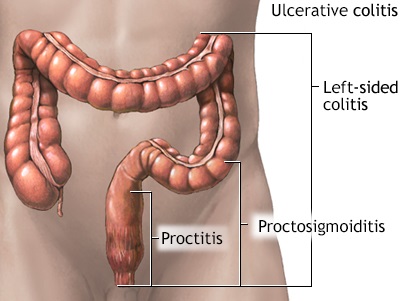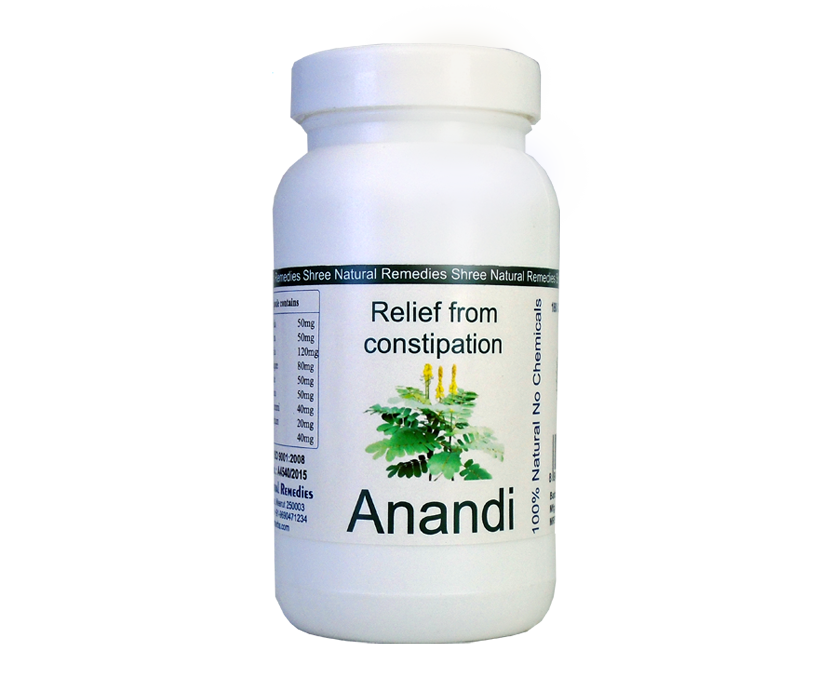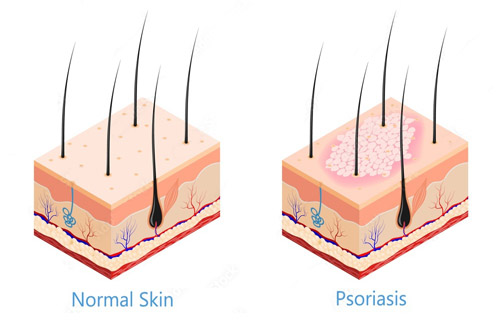Cancer cells grow and divide in an uncontrolled manner, invading normal tissues and organs and eventually spreading throughout the body. The generalized loss of growth control exhibited by cancer cells is the net result of accumulated abnormalities in multiple cell regulatory systems and is reflected in several aspects of cell behaviour that distinguish cancer cells from their normal counterparts.
Tobacco use is the cause of about 22% of cancer deaths. Another 10% are due to obesity, poor diet, lack of physical activity or excessive drinking of alcohol. Other factors include certain infections, exposure to ionizing radiation, and environmental pollutants. In the developing world, 15% of cancers are due to infections such as Helicobacter pylori, hepatitis B, hepatitis C, human papillomavirus infection, Epstein–Barr virus and human immunodeficiency virus (HIV)
Cancer can result from abnormal proliferation of any of the different kinds of cells in the body, so there are more than a hundred distinct types of cancer, which can vary substantially in their behaviour and response to treatment. The most important issue in cancer pathology is the distinction between benign and malignant tumours. A tumour is any abnormal proliferation of cells, which may be either benign or malignant. A benign tumour, such as a common skin wart, remains confined to its original location, neither invading surrounding normal tissue nor spreading to distant body sites. A malignant tumour, however, is capable of both invading surrounding normal tissue and spreading throughout the body via the circulatory or lymphatic systems. Only malignant tumours are properly referred to as cancers, and it is their ability to invade and metastasize that makes cancer so dangerous. Whereas benign tumours can usually be removed surgically, the spread of malignant tumours to distant body sites frequently makes them resistant to such localized treatment.
Substances that cause cancer, called carcinogens, e.g., the high incidence of lung cancer among cigarette smokers. Since the development of malignancy is a complex multistep process, many factors may affect the likelihood that cancer will develop, and it is overly simplistic to speak of single causes of most cancers. Nonetheless, many agents, including radiation, chemicals, and viruses, have been found to induce cancer in both experimental animals and humans.
Radiation and many chemical carcinogens act by damaging DNA and inducing mutations. Some of the initiating agents that contribute to human cancers include solar ultraviolet radiation (the major cause of skin cancer), carcinogenic chemicals in tobacco smoke, and aflatoxin (a potent liver carcinogen produced by some molds that contaminate improperly stored supplies of peanuts and other grains).
The carcinogens in tobacco smoke (including benzo(a)pyrene, dimethyl nitrosamine, and nickel compounds) are the major identified causes of human cancer. Smoking is the undisputed cause of 80 to 90% of lung cancers, as well as being implicated in cancers of the oral cavity, pharynx, larynx, esophagus, and other sites. In total, it is estimated that smoking is responsible for nearly one-third of all cancer deaths—an impressive toll for a single carcinogenic agent.
Ayurveda, from very early times for preventing or suppressing various tumors using these natural drugs. And nowadays scientists are keener to researches on complementary and alternative medicine for the management of cancer. In Ayurvedic concept, according to ‘Charaka’ and ‘Sushruta Samhitas’ cancer is described as inflammatory or non-inflammatory swelling and mentioned either as ‘Granthi’ (minor neoplasm) or ‘Arbuda‘ (major neoplasm). In malignant tumors all three systems get out of control (Tridoshas) and lose mutual coordination that causes tissue damage, resulting critical condition. Tridoshas cause excessive metabolic crisis resulting in proliferation.
Herbs help total healing, reduces the side effects and cancer-associated complications. Andrographis paniculate(Kalmegh), Annona atemoya(Sitafal), Phyllanthus niruri(bhui amla), Piper longum(pipli), Podophyllum hexandrum(vankakdi), Tinospora cordifolia(giloy), Semecarpus anacardium(bhilwa), Vitis vinifera(grapes), Baliospermum montanum(danti), Madhuca indica(mahua), Pandanus odoratissimum(kewda), Pterospermum acerifolium(knak champa), Raphanus sativus(mooli), Barleria prionitis(vazradanti), Prosopis cineraria(khejdi), Amorphopallus campanulatus(jangli suran), Oxoxylum indicum(sona patha), Basella rubra(poi), Flacourtia romantchi(biladanada), Moringa oleifera(sehjan), Ficus bengalensis(bargad), Curcuma domestica(haldi), Allium sativum(garllic), Calotropis gigantean(aakh), Datura metel(kala dhatura), Hygrophila spinosa(taal makhana), Juniperus indica(dhupi), Moringa oleifera, Nigella sativa(kalongi), Picrorrhiza kurroa(kutki), Rubia cordifolia(manjistha), etc. are various plants having scientific evidence of anticancer property. Nowadays, many herbs are under clinical studies and being investigated phytochemically to understand their anticancer potential. More than 25% of drugs used during the last 20 years are directly derived from plants, while the other 25% are chemically altered natural products. Nine plant-derived compounds including vinblastine, vincristine, etoposide, teniposide, taxol, navelbine, taxotere, topotecan and irinotecan have been approved for use as anticancer drugs. 10-hydroxycamptothecin, monocrotaline, d-tetrandrine, lycobetaine, indirubin, colchicinamide, curcumol, curdione, gossypol and homoharringtonine are few more plant-derived compounds of high hope.










